Lease/Rental Agreement
Jim Clark Co
Free Template
A rental lease agreement outlines the arrangement between a landlord and tenant for the use of a property. It typically describes the lease term, rent amount, payment schedule, security deposit, maintenance responsibilities, and renewal details.
A fixed-term lease follows a defined schedule, typically lasting six months or one year. The agreement continues until the listed end date, with rent and other terms generally remaining consistent during that time. Fixed-term arrangements commonly reference longer occupancy periods and stable terms that stay in place for the duration of the lease.
Month-to-month rentals work on a rolling schedule. The agreement continues automatically each month until either the renter or property owner gives notice. Rent and conditions usually stay the same from month to month, though they can change with proper notice. This structure appeals to people who need short-term options or who value flexibility over long commitments.

Most lease or rental agreements share similar sections that describe how the rental arrangement works. These typically cover:
Lease agreements often differ slightly based on property type. The overall structure is similar, but some sections are adjusted for context.

Lease and rental agreements outline how a property is used and for what length of time. A fixed-term lease typically keeps conditions consistent for a defined period, while a month-to-month rental continues automatically until notice is given. By keeping the terms and duration in writing, these agreements provide a clear structure for rental arrangements.

Jim Clark Co
Jim Clark Co.
This Lease Agreement ("Agreement") is made and entered into on , by and between:
1. Premises and Term
Landlord agrees to lease to Tenant the premises located at the Property Address below.
The lease term shall begin on and end on , unless earlier terminated in accordance with this Agreement.
2. Rent and Payment
Rent shall be paid to:
3. Security Deposit
The security deposit shall be held in accordance with applicable law. Deductions may be made for unpaid rent, damages beyond normal wear and tear, or breach of lease terms. The remaining balance, if any, will be returned to the Tenant within days of lease termination, with an itemized list of any deductions.
4. Tenant Responsibilities
Tenant agrees to:
Tenant agrees to pay for:
Utilities (electric, water, gas, etc.)
Renter’s insurance
Other:
Landlord shall pay for:
Property taxes
Structural maintenance
Other:
5. Eviction
Tenant may be evicted for:
Landlord shall follow applicable state laws and provide proper notice prior to initiating eviction proceedings.
6. Default and Remedies
A party shall be in default under this Agreement if they fail to comply with any term, condition, or obligation hereunder. Notice of Default shall be given in writing, and the defaulting party shall have days to cure the default.
If uncured, the non-defaulting party may:
7. Amendments
This Lease may be amended only by mutual written agreement signed by both parties. Requests for changes must be submitted in writing with at least days’ notice.
8. Termination
This Agreement may be terminated:
Upon termination, Tenant shall vacate the premises and return all keys to the Landlord.
9. Dispute Resolution:
In the event of a dispute, both parties agree to attempt informal resolution. If unresolved, the dispute shall be resolved through:
Mediation
Arbitration
Litigation in a court of competent jurisdiction in the State of .
A breach of this Agreement includes, but is not limited to, failure to pay rent, unauthorized use of property, or violation of terms regarding occupancy, use, or care of the premises.
10. Entire Agreement
This document represents the full understanding between the parties and supersedes all prior agreements or understandings, whether written or oral. By signing below, the parties agree to the terms and conditions outlined in this Lease Agreement.
Answers to our most asked questions about lease/rental agreements
Contact usDiscover more articles that align with your interests and keep exploring.